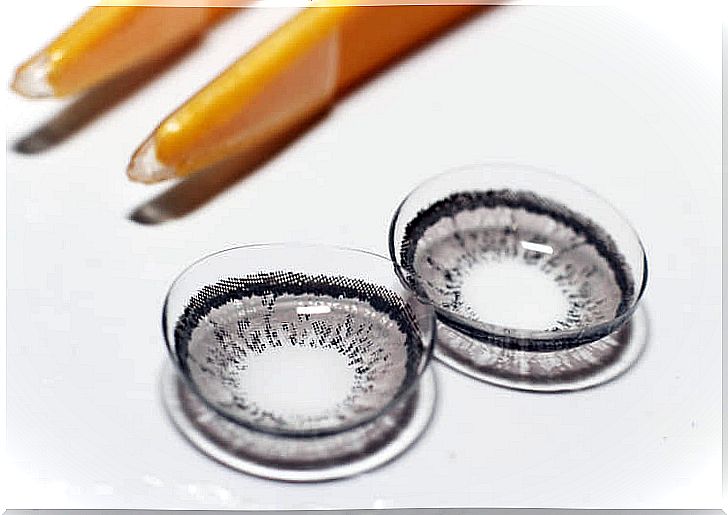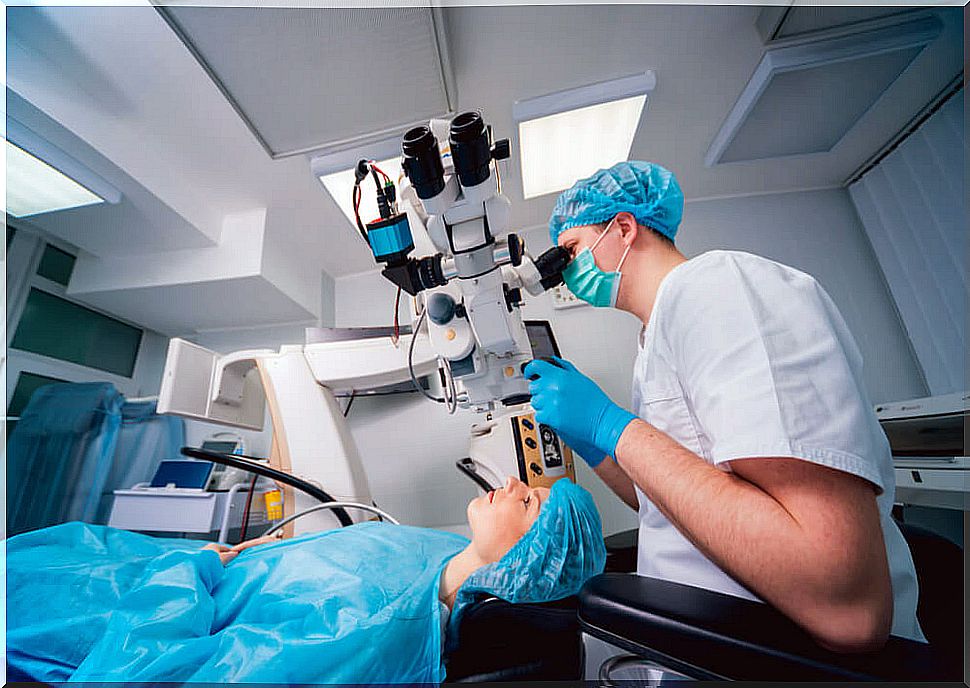These Hydrogel Corneas Could Restore Sight To Millions Of People
Hydrogel corneas have been much commented on in recent times, since their usefulness and good results were made known in several patients. Curious? Relax, below we will tell you everything you need to know.
Let’s imagine any other patient: Mrs. Hernández. He is 60 years old and suffers from bullous keratopathy, that is, cysts in the corneas. If left untreated, you will most likely lose your vision sooner or later.
To avoid such an outcome, the lady decides to have a corneal transplant. However, his vision does not improve and a new intervention is necessary and, above all, wait for another donation.
Like this fictional patient, there are millions of people today awaiting their corneal transplant. However, the donation of this part of the eye that covers the iris is scarce.
It should also be taken into account that the cornea tends to degenerate over the years. For this reason, blindness is often related to this structure, which houses the largest number of nerve endings in the entire body.
Scientists have long sought an alternative, a way to dispose of corneas without having to wait for donations and which, in turn, does not cause rejection of the human body. The solution could be in these hydrogel corneas developed by the biomedical Berkay Ozcelik from the University of Melbourne (Australia).
Hydrogel corneas, an option for the future

Let’s first analyze what functions the corneas have to understand the impact of this finding. For starters, the cornea is the outer layer of the eye that protects it from germs, dust, and other elements that can get into it and irritate it. But, in addition, it has other functions:
- Allows the eye to focus. In the event that the cornea hardens or loses its elasticity, everything around us will no longer be discriminated against.
- The healthy cornea is moist and transparent. However, aging and diseases such as the one mentioned at the beginning, bullous keratopathy, affect its tissues and its functionality.
Do these corneas restore vision?
We know that when it comes to organ donation, we almost immediately think of vital organs such as the heart, liver or kidneys. Now, something that not everyone knows is that corneas can restore sight to people who have lost it.
Thus, having a breakthrough in this field is undoubtedly exceptional. We would no longer have to wait for a person to pass away to receive their donation, to have those corneas with which to treat that patient who, perhaps, is the second transplant he receives.
The artificial corneas would be compatible for each person because they would be made from their stem cells, in this way, we would avoid rejections. Now, in what way does this occur?
What are hydrogel corneas?
The aim of this advance is to make this cornea permanent, that it does not cause rejection and that the immune system does not see it as a ‘foreign body’. To make these corneas, the following process is followed:
- Endothelial cells from the corneas are grown in the laboratory on a hydrogel layer. To do this, DNA samples are taken from the patient himself to avoid rejections.
- These cells grow on the hydrogel layer until, finally, this thin layer can be inserted over the patient’s eye through an almost imperceptible incision.
- The new cells have the ability to restore oxygen and water pumping activity to the new cornea to keep it moist and clear at all times.
- This layer of hydrogel is thinner than a human hair and, within a few months, it degrades itself so that the cells continue their function without their original support.

Future prospects for hydrogel corneas
So far, all tests have been performed in the laboratory with a remarkable success rate. However, its manager, Berkay Ozcelik, wants to be prudent.
- In two months, human trials will begin and the entire scientific community remains expectant.
- Corneal cell culture can be the hope for millions of people who cannot see the world clearly, due to that diseased, cyst or aged cornea.
This would be a way to obtain this essential part of the eye without the need for donors. We will be awaiting the results in human patients, hoping that they are positive. Without a doubt, it is a great advance that brings a lot of hope.








